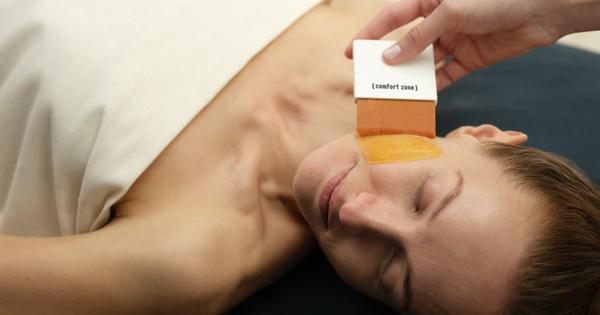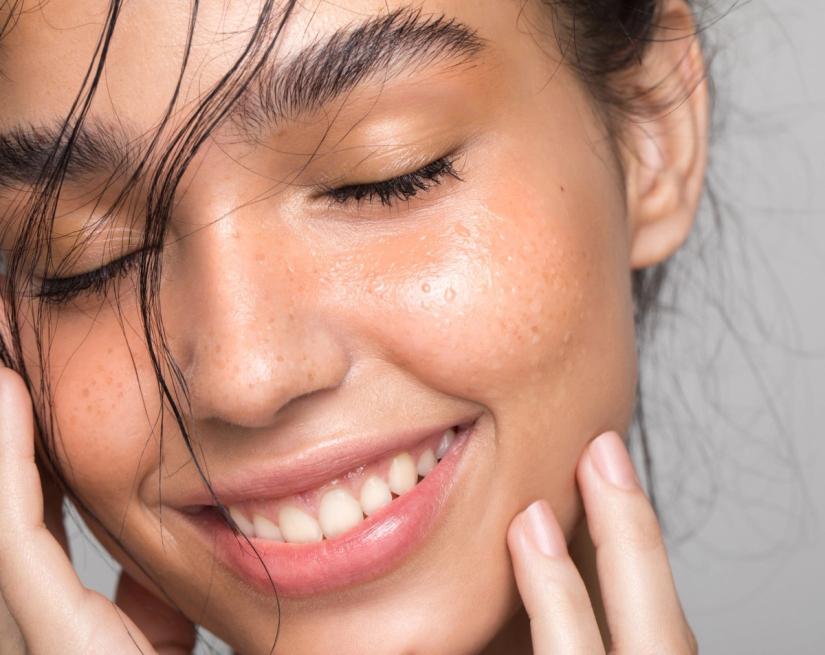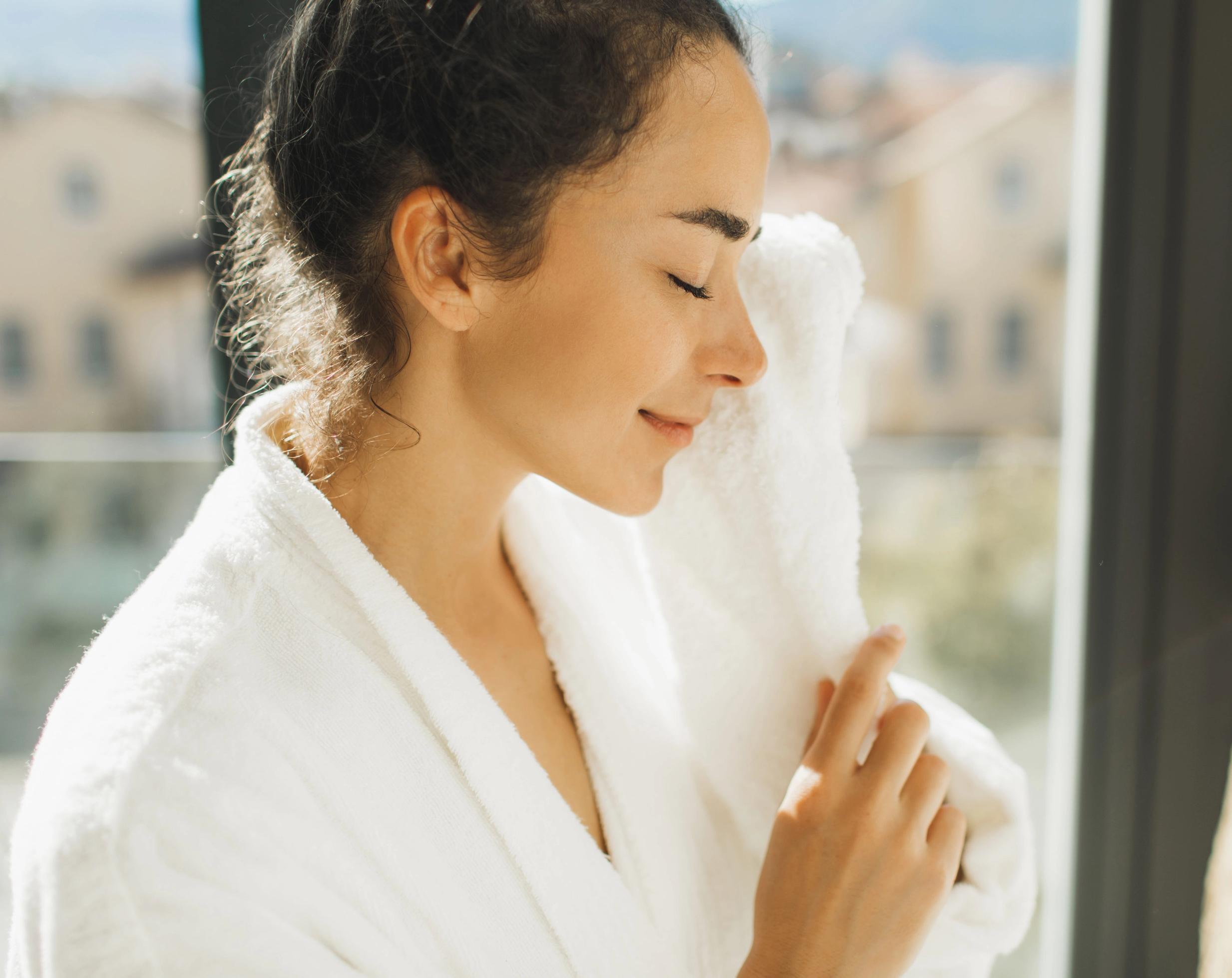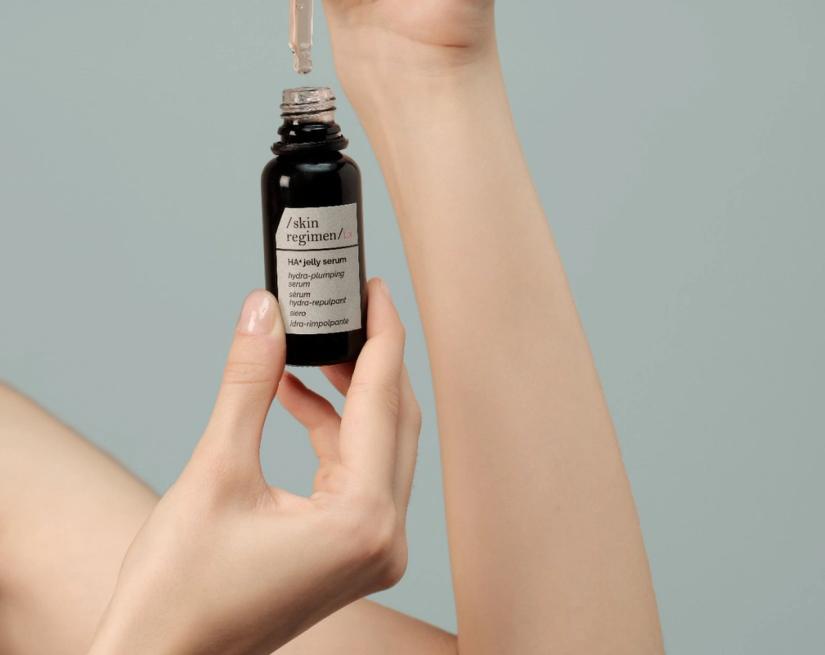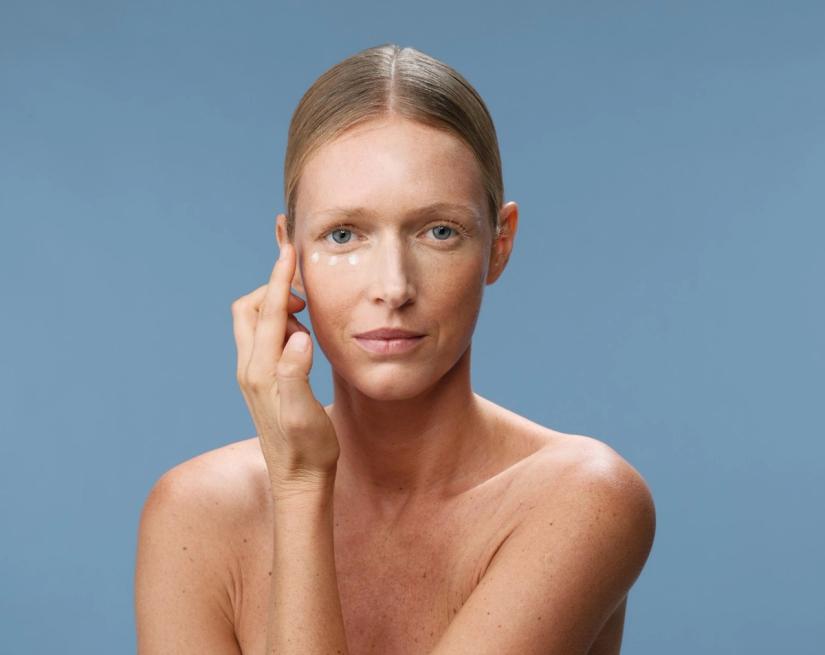skin care
How To Give Yourself a Spa-level Facial
Maria Giulia Simonazzi | International Training Manager
5 min read

The benefits of an at home facial are are twofold: on the physical level, a good skin detox should leave you with glowing, hydrated and cleansed skin, and a noticeably brighter complexion. The self care benefits of a facial can include a sense of relaxation (which massage is amazing for), and just the peace of mind that comes from consciously taking the time to look after yourself. So while we might not be certified estheticians, the occasional DIY self facial treatment can make any bathroom feel like a spa-like escape.
What are some different kinds of facials?
Here’s a quick rundown of the most common kinds of facials available — while all aren’t replicable at-home, you’ll get a general idea of the different end goals for each kind.
Classic
If you’re looking for an occasional pick-me-up to keep your skin in check, and don’t have any specific skin issues you’re looking to take care of, a classic facial is perfect for you. Your skin will be cleansed, hydrated and moisturized, ensuring everything is in the proper balance.
Massage
A facial that focuses on lymphatic drainage works to decrease puffiness by stimulating lymphatic glands and your facial muscles. Massaging these glands stimulates blood flow and drains excess fluid out of your face, which is why you end up with noticeably less puffiness.
Targeted treatment
This type of facial is great if you have specific skin issues you’d like to work on, like brightening or anti-aging. Adding things like enzyme peels and concentrated anti-aging skin care products allow you to treat specific skin concerns like hyperpigmentation, dull complexion or fine lines and wrinkles.
Microdermabrasion
My esthetician summarized microdermabrasion as “deep exfoliation combined with a vacuum”. And honestly, that’s still the most concise way I’ve heard it described. A device first sprays tiny crystals onto the surface of your skin (to slough off dead skin cells), and then runs a small vacuum over the surface. Despite being a little apprehensive at first (the idea of “scraping” off the top layer of my skin was slightly off-putting), I found my first microdermabrasion treatment to be an amazing choice for my complexion. While your skin will probably be extra sensitive for a few days, it’s also smoother, brighter and fine lines and wrinkles will be less noticeable.
Light therapy
LED light therapy involves different colored lights being used to treat skin concerns: blue light is used to treat acne-prone skin (since it helps to kill bacteria), while red light is preferred as an anti-aging treatment (since it penetrates deeper to improve cellular turnover, collagen production and inflammation).
So, what should you have in stock for an at-home facial? You probably don’t have any spare lasers lying around, but a gentle cleanser, mask, exfoliant, serum, moisturizer and massage tool (yes, your hands count) are all you need to have the perfect spa-quality facial.
Your step-by-step facial routine
Light some candles and dig your robe out of the hamper: it’s at-home spa time.
- Step 1: Cleanse
Every good skin care routine starts with a clean canvas, and the same goes for facials; begin by washing your face with lukewarm water and a gentle cleanser. If you can, try double-cleansing: to remove any makeup, and the second time to ensure your skin is really clean, clear and grime-free.
- Step 2: Exfoliate
The surface level of your skin may be clean, but now it’s time to ensure your an even deeper kind of cleansing. Apply an exfoliating cleanser and gently massage into your skin to help clear out any deeper build-up, then rinse.
- Step 3: Steam
One of the most satisfying parts of a facial is the steam — I swear my skin never feels cleaner than after this step. After boiling a pot of water, let it cool slightly to ensure you don’t burn your skin. When it’s reached a manageable temperature, hover your face about a foot away from the bowl, creating a “tent” for the steam by laying a towel over the back of your head. Relax here for a few minutes.
- Step 4: Mask
Like any good skin care routine, masks are personal to your specific skin type and concerns. Choose a mask that’s right for you: clay-based masks are great for oily skin, gels are super hydrating for dry skin, and sheet masks are smart if you’re looking to avoid another “rinse off” step. Regardless of which mask you’ve chosen, let it sit for the recommended amount of time (usually about 15-20 minutes), then either rinse or peel it off.
- Step 5: Treat
Your skin is now prepped, primed and ready to absorb some serums. Like with the masks, apply the serums that work for your skin type and concerns.
- Step 6: Moisturize
And finally, apply a nourishing moisturizer to seal in all the goodness and protect your skin. To ensure the products are properly absorbed into the skin (and to add the benefits of stimulating collagen production in your skin), add in a little facial massage. There are different types of facial massage techniques you can use: I personally like using a jade roller or gua sha, but even a light face massage from your fingertips (always go up and out!) is beneficial. Now breathe in and admire your glowy, fresh-faced complexion.
While you can’t deny the appeal of bringing your beauty routine to the professionals, these uncertain times have necessitated a different approach to skin care. Luckily for all of us, it only takes a few key products and application techniques to get a spa-quality at-home facial. And to ensure your skin is feeling top-notch even between at-home facial appointments, read our guide on how to get glowing skin. Your face, mind and overall sense of well-being will thank you.
